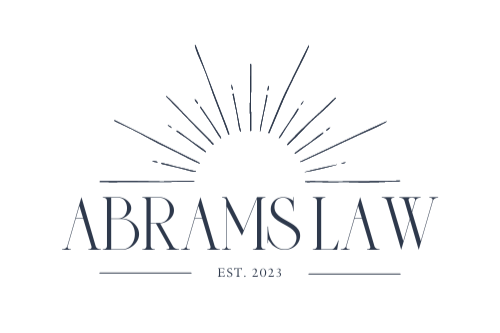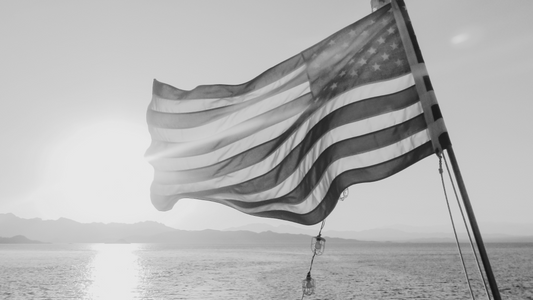From unique cookie designs to high-end fashion stitching, distinct product and packaging features are more than just aesthetic—they’re valuable intellectual property. And if your brand isn’t taking steps to protect them, you're leaving the door wide open for imitators.
What Is Trade Dress and Why It Matters
When we talk about protecting a product’s look and feel, we’re talking about trade dress—a form of trademark protection that covers the visual elements that distinguish a brand. Think of the contoured Coca-Cola bottle or the iconic wax seal on a Maker’s Mark bourbon bottle. These visual cues tell consumers, “This is the real thing.”
Under U.S. trademark law, trade dress can be registered with the USPTO if it meets three key criteria:
-
Distinctiveness: The design must be unique enough that consumers recognize it as a brand identifier.
- Non-functionality: The design cannot be functional (i.e., essential to the product’s use).
- Secondary Meaning: Over time, consumers must come to associate the design specifically with your brand.
Recent Example: The Imitation Oreo
Trade dress lawsuits aren’t just theoretical—they’re making headlines. In a recent legal battle, Mondelez International, maker of the iconic Oreo cookie, is suing Aldi for allegedly copying the distinct design of its Oreo products.
According to the Yahoo News article, Mondelez claims that Aldi’s Benton sandwich cookies mimic the Oreo’s specific “cookie embossing, cream color, and overall look,” which may cause consumer confusion—a core issue that trade dress law seeks to prevent.
This case is a textbook example of how critical it is for brands to secure legal protection before knockoffs appear on the shelves.
What Does This Mean for Your Business?
Whether you're in fashion, food, tech, or consumer goods, you likely have proprietary product or packaging elements worth protecting. These could include:
-
Unique stitching or logo placement on clothing
-
Distinctive bottle shapes or product configurations
-
Signature fabric patterns
- Custom packaging colors or textures
How Does this Benefit You?
Registering your trade dress:
✔ Strengthens your ability to enforce your rights in court
✔ Helps deter copycats before they even try
✔ Increases your brand’s asset value in the eyes of investors and potential buyers
✔ Builds consumer loyalty by ensuring consistency in brand presentation
What’s Next: How to Register Trade Dress
Protecting trade dress starts with a strategic legal analysis. Not every design is eligible—and not every product design should be registered. At Abrams Law, we guide brand owners through the process of:
-
Auditing existing products and packaging for protectable elements
- Conducting distinctiveness and functionality analysis
- Filing comprehensive applications with the USPTO
- Enforcing rights through demand letters and litigation, if needed
Need help protecting your product’s design or packaging? Book a free discovery call to get started!




